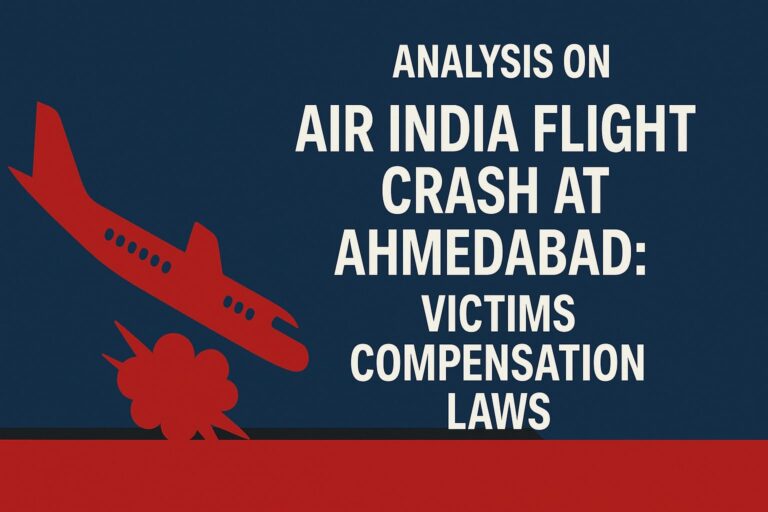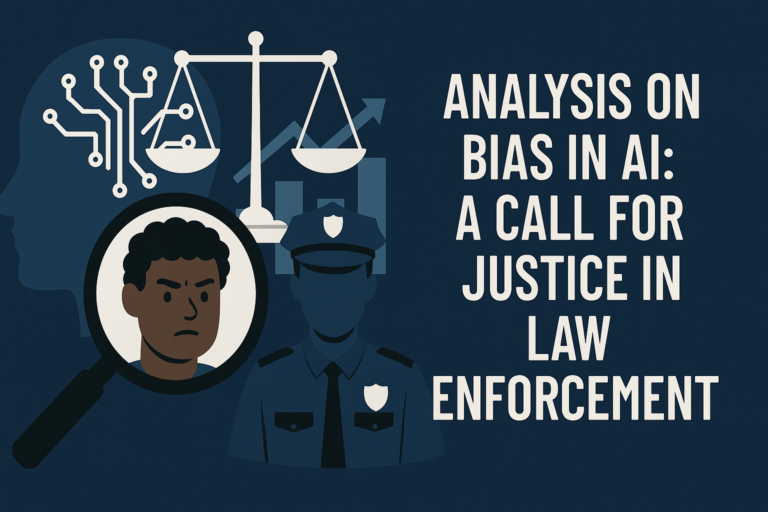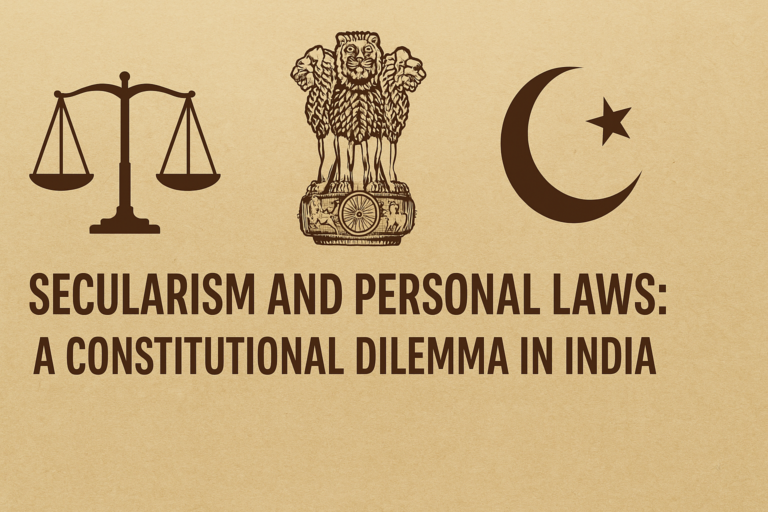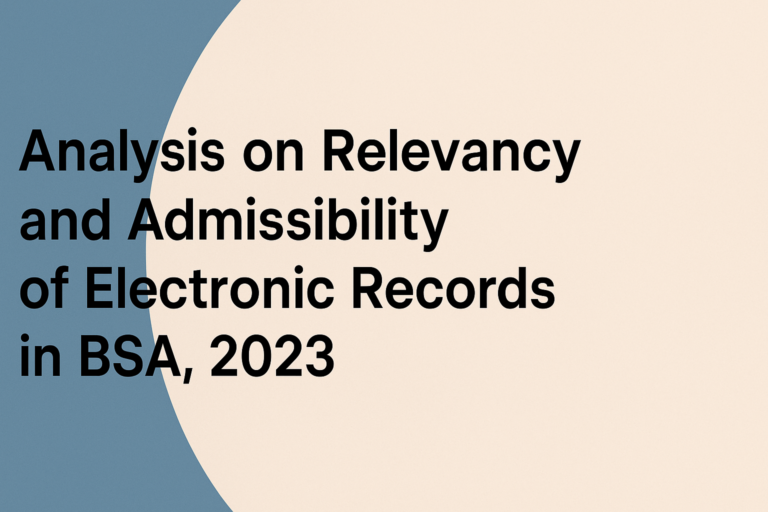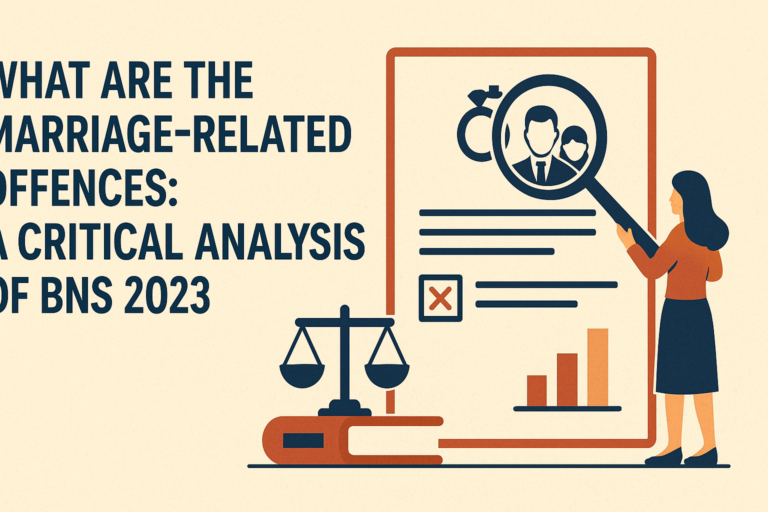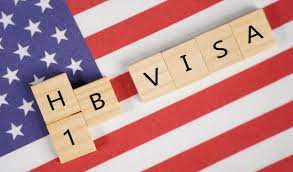
The H-1B Visa Program: Bridging Skills and Borders
Introduction
The H-1B visa program is one of the most well-known and widely used employment-based visa programs in the United States. Created to address the shortage of skilled workers in specific industries, the program has evolved significantly since its inception in the 1950s. In this comprehensive article, we will delve into the history, eligibility criteria, application process, controversies, and the future of the H-1B visa program.
Historical Background
The H-1B visa program has its roots in the Immigration and Nationality Act (INA) of 1952, which established the non-immigrant visa category H. Initially, this category was created for temporary workers in various fields. Over the years, the H-1B visa program evolved and became specifically tailored to meet the needs of highly skilled professionals and specialty workers.
- The Immigration Act of 1990 The most significant legislative change to the H-1B visa program came with the Immigration Act of 1990, which introduced a new category known as the H-1B visa. This change aimed to attract foreign professionals with specialized skills to fill gaps in the U.S. labor market. It marked the beginning of the modern H-1B visa program, increasing the annual cap to 65,000 visas.
- The American Competitiveness in the Twenty-First Century Act (AC21) In 2000, the American Competitiveness in the Twenty-First Century Act (AC21) made important amendments to the H-1B program. It increased the annual cap to 195,000 visas and introduced provisions allowing for H-1B extensions beyond the initial six-year limit in certain circumstances.
Eligibility Criteria
The H-1B visa program is designed for highly skilled foreign workers who are seeking employment in the United States. To be eligible for an H-1B visa, applicants and their prospective employers must meet specific criteria.
- Job Requirements
- The job must be in a specialty occupation that requires a high level of theoretical and practical expertise.
- The position must require at least a bachelor’s degree or equivalent in a specific field of study.
- Employer Requirements
- The employer must have a legitimate job offer for the applicant.
- The employer must be willing to pay the prevailing wage for the occupation and location.
- Employee Qualifications
- The applicant must possess the required educational qualifications for the position.
- In cases where the applicant does not hold a U.S. degree, the employer may need to obtain an evaluation of the foreign degree’s equivalency.
The H-1B Application Process
The process of obtaining an H-1B visa involves several steps, both for the employer and the prospective employee. Here is an overview of the application process:
- Employer Sponsorship
- The U.S. employer must file a Labor Condition Application (LCA) with the U.S. Department of Labor (DOL). The LCA ensures that the employer complies with wage and working condition standards.
- Once the LCA is certified, the employer submits Form I-129, Petition for a Nonimmigrant Worker, to U.S. Citizenship and Immigration Services (USCIS).
- USCIS Review
- USCIS reviews Form I-129, along with all supporting documents, to determine whether the petition is eligible for approval.
- If approved, USCIS issues an approval notice (Form I-797) to the employer, granting permission to hire the H-1B employee.
- Consular Processing
- If the applicant is outside the United States, they must attend a visa interview at a U.S. consulate or embassy.
- During the interview, the consular officer will assess the applicant’s eligibility and determine whether to issue the H-1B visa.
- Port of Entry
- Upon receiving the H-1B visa, the employee can travel to the United States and present themselves at a U.S. port of entry.
- U.S. Customs and Border Protection (CBP) officers will inspect the visa and related documents before granting entry.
H-1B Cap and Lottery System
The H-1B visa program operates under an annual cap, which limits the number of visas that can be issued each fiscal year. The cap has been a subject of controversy and debate due to its limitations and the high demand for H-1B visas.
- Regular Cap
- The regular H-1B cap is set at 65,000 visas per fiscal year.
- Applications submitted under the regular cap are subject to a lottery system if the number of petitions exceeds the available visas.
- Master’s Cap
- In addition to the regular cap, there is a separate allocation of 20,000 H-1B visas for applicants with a U.S. master’s degree or higher.
- Applicants with a master’s degree from a U.S. institution have two chances in the lottery: first in the master’s cap and, if not selected, in the regular cap.
- Lottery Process
- When the number of H-1B petitions exceeds the available visas, USCIS conducts a random lottery to select the beneficiaries.
- This lottery has faced criticism for its unpredictability and the uncertainty it introduces into the employment plans of both applicants and employers.
H-1B Visa Extensions
Initially, H-1B visas are granted for a maximum period of three years, with the possibility of an extension for up to six years. Extensions are available in specific situations:
- AC21 Extensions
- The American Competitiveness in the Twenty-First Century Act (AC21) introduced provisions allowing for H-1B extensions beyond the initial six-year limit.
- H-1B visa holders can extend their status if they are in the process of applying for lawful permanent residence (green card) and meet certain criteria.
- Beyond Six Years
- In some cases, H-1B visa holders can extend their status beyond the six-year limit if they are eligible for an extension under AC21 provisions.
- Extensions can be granted in one-year increments, and the total duration depends on the progress of the green card application.
H-1B Visa Holders’ Rights and Responsibilities
H-1B visa holders have certain rights and responsibilities that they must adhere to during their stay in the United States:
- Employment Rights
- H-1B visa holders have the right to work only for the employer who sponsored their visa. Changing employers requires the filing of a new H-1B petition.
- If an H-1B worker experiences unfair treatment or non-payment of wages, they can seek assistance from the Department of Labor or pursue legal action.
- Dependents
- H-1B visa holders’ immediate family members, including spouses and unmarried children under 21, can accompany them to the United States on H-4 dependent visas.
- While H-4 visa holders are allowed to stay in the U.S., they do not have the right to work.
- Maintaining Status
- H-1B visa holders must ensure they maintain legal status in the United States. Violations of status could result in deportation and future visa ineligibility.
- They are also required to report any changes in employment or address to USCIS and the Department

